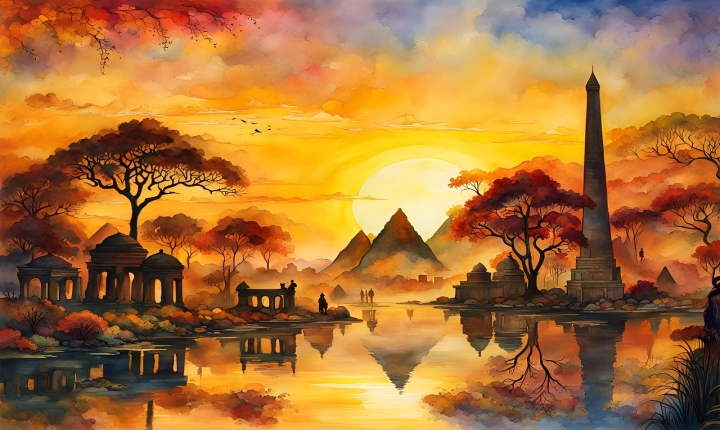Title: How to Tell if an Image is AI Generated
Artificial intelligence (AI) technology has become increasingly sophisticated in creating realistic and believable images. With the rise of deep learning algorithms and generative adversarial networks (GANs), it has become harder to distinguish between AI-generated and real images. However, there are still some indicators that can help you determine if an image has been created by AI. Here are a few ways to tell if an image is AI-generated.
1. Uncanny Realism: One of the most telltale signs of an AI-generated image is its uncanny realism. AI-generated images often exhibit an almost hyper-realistic quality that can seem too perfect and devoid of imperfections or inconsistencies commonly found in natural images. This may include hyper-detailed textures, flawless lighting, and anatomical precision that appears too good to be true.
2. Artifacts and Repetition: AI-generated images can sometimes contain artifacts or repetitive patterns that are not typically found in real-world images. These artifacts may manifest as pixelation, repeating shapes or structures, or anomalies in the image’s composition that are unusual or out of place.
3. Lack of Context: AI-generated images may lack a sense of context or a coherent narrative that is often present in human-created images. These AI-generated images may appear isolated, with no discernible background or environment, and can sometimes seem out of place or disconnected from reality.
4. Unusual Subjects or Compositions: AI-generated images may feature subjects or compositions that are unusual or improbable in real life. This could include fantastical creatures, impossible landscapes, or surreal scenarios that defy the limits of the natural world.
5. Metadata Examination: If available, examining the metadata of the image file can provide clues on whether the image was AI-generated. This can include information on the software used to create the image, the date of creation, and any other digital footprints left behind by the AI system.
6. Cross-reference with Datasets: AI-generated images are often trained on specific datasets, and cross-referencing the image with known datasets can help identify its origins. If the image closely resembles images from a particular dataset used to train AI models, it may indicate that the image is AI-generated.
7. Reverse Image Search: Conducting a reverse image search using tools such as Google Images can help determine if an image has been used or generated elsewhere. If the image appears across multiple sources with no clear origin, it may be indicative of an AI-generated image.
As AI technology continues to advance, the boundaries between AI-generated and human-created images will become increasingly blurred. It is important to remain vigilant and critical when encountering images online, especially in an age where misinformation and manipulated content are prevalent. While the indicators mentioned above can provide some guidance, it is essential to approach image authentication with a discerning eye and a healthy dose of skepticism.
